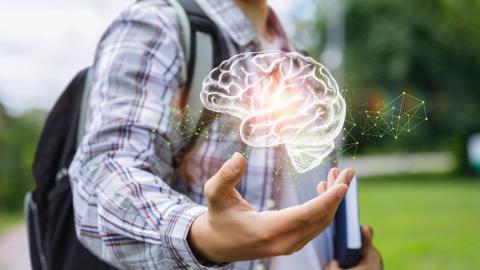Students’ motivation to learn and read is an evolving and dynamic concept; therefore, we have the potential to increase or decrease students’ motivation to read with every lesson we write, discussion we have, and book we ask students to explore. Students’ evolving motivation to engage in learning reminds us of the beautiful neuroplasticity or flexibility of our brains to adapt and change over time. For adolescents, their reading development, engagement, and motivation to learn is also impacted by a multitude of variables including areas of their brains that have yet to finish developing. As their prefrontal cortex continues to mature and puberty ensues, adolescents are ripe for validation and opportunities to make their own choices, and the development of authentic relationships.
To understand more about adolescent brain development, let’s listen as Cognitive Neuroscientist Sarah-Jayne Blakemore explains what we know about its relationship to teenage behavior.

